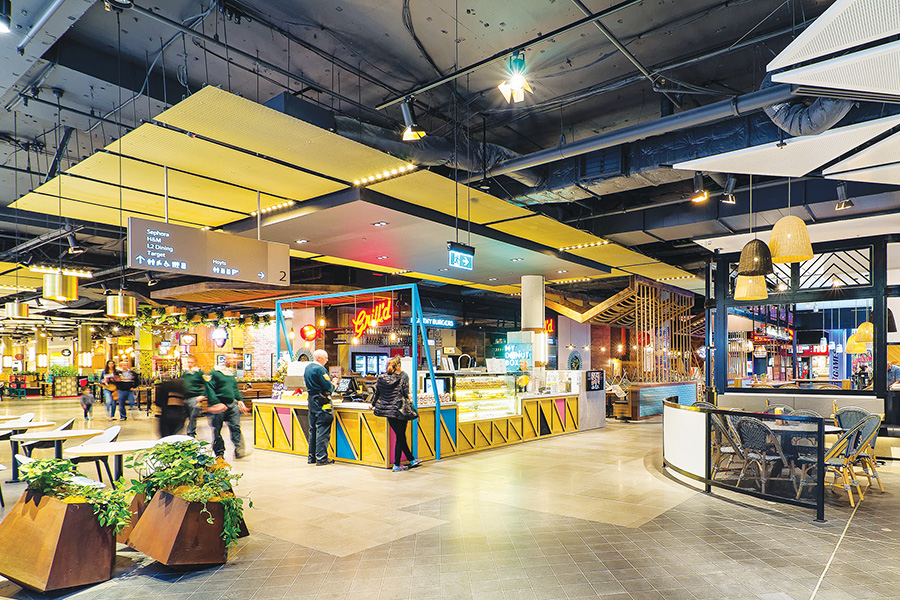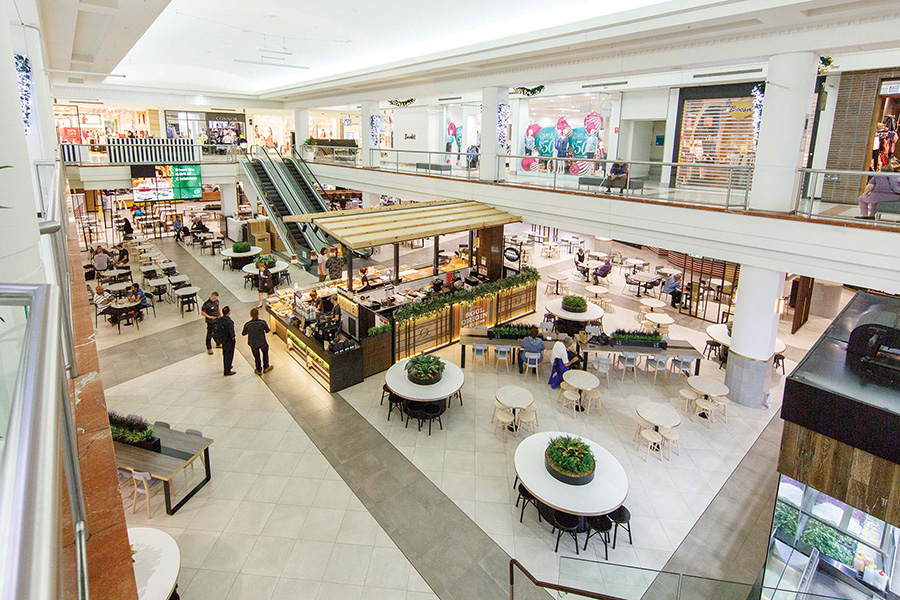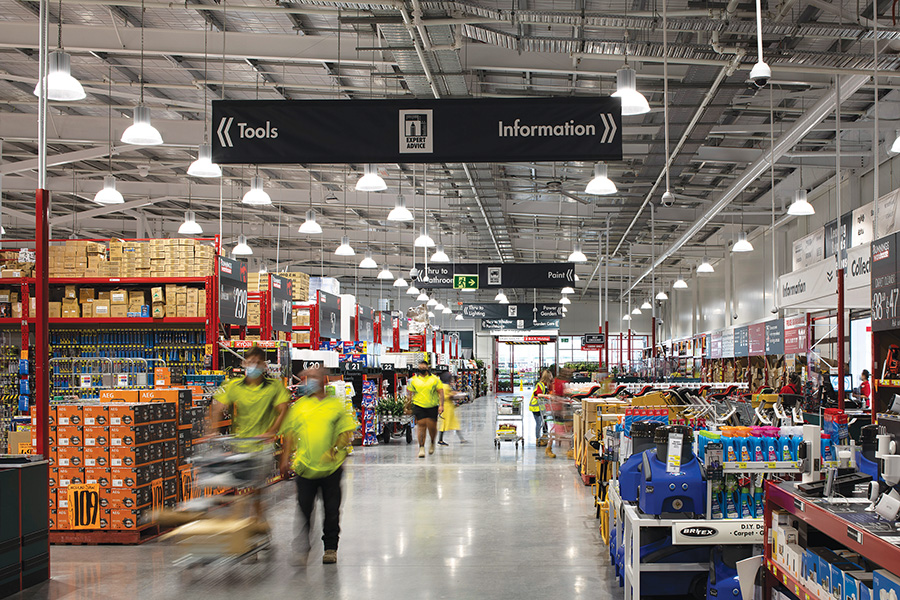One of the shopping centre manager’s biggest headaches is caused by construction works or interior works in an existing centre. Retailers need to trade alongside construction activity; shoppers need to avoid works, surrounding residents can be inconvenienced. In this article, Ian Ringrose outlines the issues and, more importantly, provides solutions.
For landlords, owners and centre managers, the prospect of a major interior re-purpose or upgrade can be daunting.
Retail is ever-evolving and retail spaces need to evolve too. So how do you undertake a major refurbishment in a live environment, minimising the inevitable disruption while still welcoming customers through the doors and keeping tenants happy?
There is no one-size-fits-all approach to an interior upgrade because every shopping centre is different and every project will have its own unique challenges.
Regardless, planning is paramount and the process must be considered from a number of perspectives. It’s a case of aligning what works where, when and how – not only for the centre but also for all project partners. Centre management and the operations teams, centre security, the contractor and tenants must all have input to be on the same page.
Sequencing, staging and temporary works must be considered in accordance with the centre’s trading hours, its busiest times and its tenants’ needs. The process needs to start early and be coordinated.
From a construction point of view, a logical flow of works is necessary to keep essential services live and emergency exit paths accessible. Maintaining code compliance is fundamental.
It goes without saying that safety will need to be the priority, not just for members of the public but also for the team on site, tenants and contractors.
At Toombul Mall in Queensland, we recently completed an amenities upgrade with new parent’s room, a refurbishment of the fresh food precinct, and the addition of extra tenancies to the fashion precinct while the mall remained operational.
- New parent’s room, Toombul Mall
For refurbishment projects like this, the hoarding solution is critical. Hoarding presents great marketing opportunities for a centre but the balance must be right between maintaining a safe, secure, clearly marked work area, with the need to maintain as much as possible the public shopping, entertainment, dining and relaxation spaces. It will typically encompass short and long-term hoarding solutions.
Or sometimes, no hoarding at all. At Bankstown Central food court, we devised a staged program to demolish the existing floor and replace it with new ceramic tiling in nine stages, with no hoarding and no loss of use of the 2,000m2 dining floor space, which is also a major thoroughfare for the centre. 16 food tenancies along with three kiosks remained operational throughout the dining precinct refurbishment.
Woven into the 16-week program was the replacement of all fixed and loose furniture with new custom joinery and seating, together with the high-end refurbishment of the existing amenities block and parents room. Up to 3,000 customers used the food court each day yet no complaints were received from either retailers or customers.
- Bankstown Central food court
For many shopping centre refurbishments, night time presents the best opportunity to make solid progress without jeopardising the centre’s trade. But it’s not always as simple as scheduling works to start at closing time.
Night works can cost roughly twice as much as day works and can be significantly more difficult to conduct. Landlords and owners should work closely with the building contractor to understand if this is the best option. Night works don’t need to be the default.
Often, greater external factors are at play at night. For instance, when Mainbrace was undertaking interior repurposing works at Broadway Sydney, the large surrounding residential population meant the minimisation of noise after hours was a pressing concern.
If night works are needed, the construction program must articulate a seamless transition in site handover between the day and night teams. The program must ensure that the construction zones are clean and tidy for when the next day’s customers arrive. Good communication is paramount.
The point is, it is possible to repurpose your store or centre without shutting the doors. It can be done in a way that keeps visitors and tenants happy during the works, and even happier once they’re complete. Some disruptions are inevitable, but most can be minimised with an experienced team driving the outcome. It’s all in the planning.






















